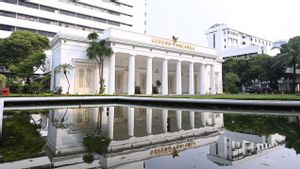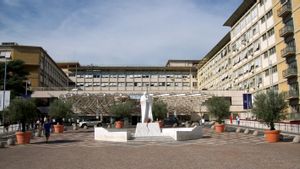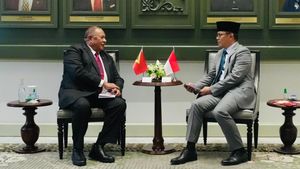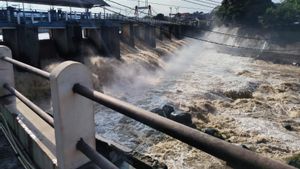YOGYAKARTA - Skills assessment techniques are a necessary process to measure a person's ability to carry out certain tasks or activities. Several assessment techniques can be used, ranging from practical tasks to written tests and live assessments.
The purpose of this technique is to gain a clear understanding of the skills possessed by groups or individuals, and to identify where improvements are still needed.
Effective skill assessment techniques must be objective, reliable, valid, and in accordance with the evaluated skills context.
I. Portfolio Assessment
The portfolio assessment can be referred to as a collection of works or student documents that are systematically composed and organized, taken during the learning process and used by teachers and students to take into account and monitor the development of knowledge, expertise, and behavior of students in certain subjects.
The main goal of assessing the portfolio is to ensure which works and processes the works are obtained as one of the evidences that can show the achievement of students' learning, namely achieving basic competencies and indicators that have been set. Not only plays a role as a place to store the work of students, portfolio evaluation also plays a role in knowing the development of students' competencies.
There are several types of portfolios, namely documentation portfolios, process portfolios, and exhibition portfolios. Educators can choose the type of portfolio according to the characteristics of basic competence and/or the context of subjects.
II. PRACTICE Assessment
Assessment of practice is an evaluation that demands a response in the form of an ability to carry out an activity in accordance with competency demands. Thus, the aspect assessed in the practice assessment is the quality of the process of doing/implementing a task. Assessment of practice aims to take into account students' expertise in demonstrating their skills to carry out an activity.
The assessment of practice is more authentic than the paper and pencil assessment because its forms of duty reflect the abilities needed in the application of daily life. Examples of practical assessments are reading literary works, reading speeches (reading loudly in English subjects), using Laboratory equipment as needed, playing musical equipment, playing football, playing tennis, swimming, singing, dancing, and so on.
III. Project Assessment
The project assessment is an evaluation activity on a task that must be completed within a certain period/time. The task is in the form of an investigation from planning, data collection, organizing, processing, and information assessment. Project evaluation can be used to recognize understanding, applying skills, investigative expertise and the expertise of informing students in certain subjects clearly. The project assessment aims to improve and monitor students' expertise in designing, investigating and analyzing projects.
In this context, students can show their experience and knowledge of a topic, formulate questions and investigate the topic through reading, tourism, and interviews. Their activities can then be used to take into account their ability to work independently or in groups.
The product of a project can be used to take into account the skills of students in communicating their findings in the right form, such as presentation of results through visual displays or written reports. Examples of project assessments are carrying out investigations into types of Indonesian biodiversity, making food and drinks from fresh fruit, making video conversations, creating a series of rhythmic gymnastics movements, and so on.
SEE ALSO:
IV. Product Assessment
The product assessment is an evaluation of the manufacturing process and the quality of a product. Which includes the assessment of students' abilities in making technological and artistic materials, such as food, clothes, works of art (grains, paintings, images), some items made of wood, ceramics, plastics, and metal (Ramlan Arie, 2011). It is an assessment of students' expertise in applying knowledge that is owned into the form of products at a certain time matches the criteria that have been set both in terms of process and final results.
Assessment of products is tried for the quality of a product produced. The aim is, among other things, to take into account the ability of students to make certain products in connection with the achievement of learning goals in class; (2) take into account skills as provisions for learning the next skill; and (3) take into account the ability of students to explore and improve ideas in designing and showing innovation and creation. Examples of crafts, making literary works, making experimental reports, creating dances, making paintings, arranging music, making drama scripts, and so on.
For those of you who like electronics, you need to know what 'Industrial Electronics Technique' is in the department of SMK and college.
So after knowing the skill assessment technique, see other interesting news on VOI.ID, it's time to revolutionize news!
The English, Chinese, Japanese, Arabic, and French versions are automatically generated by the AI. So there may still be inaccuracies in translating, please always see Indonesian as our main language. (system supported by DigitalSiber.id)


















